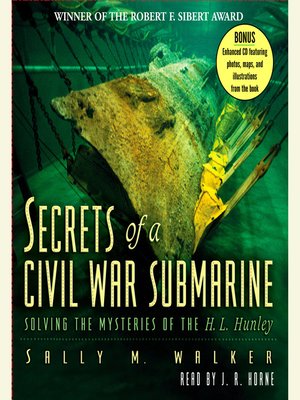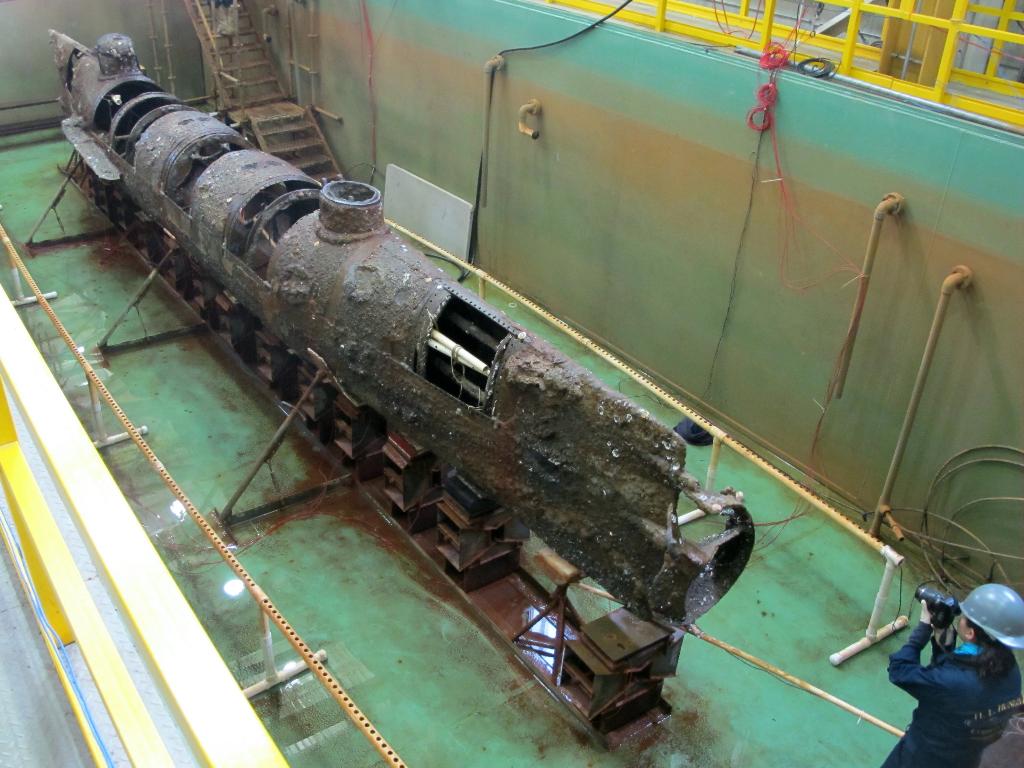

The Flotilla’s officers were reluctant to open fire on a Spanish transport, but all submarines were in position by 0900 on July 20th. He ordered his captains to intercept the rebel transport MONTE TORO, to ascertain whether she carried troops, and if she resisted to sink her. Off Melilla the Flotilla Commander disposed his wolfpack on a nine-mile semicircle, with instructions to dive on station at dawn on the 20th. The submarine radiomen had been cleared by Madrid for loyalty to the government, and were told to pass operational orders to lower deck committees to ensure compliance. Since the Minister of Marine was unsure of the allegiance of the officers, he ordered the boats to report directly to him every four hours. In the early morning hours of July 18th the Naval Ministry in Madrid ordered the submarines at Cartagena to load warheads and sail immediately to blockade the port of Melilla, Morocco. With an operating radius of 4000 miles and a complement of 40 men under a Lieutenant Commander, they could operate safely down to 270 feet. They were 247-foot, 1144-ton boats with a speed of 8.5 knots submerged and had a three-inch gun and four bow and two stem 21-inch torpedo tubes. Six C-Class submarines had also been built at Cartagena in 1928-30 under Electric Boat license.

Manned by a crew of 28 under the command of a Lieutenant, their rust-pitted hulls were not considered safe below a depth of 66 feet. They were capable of 16 knots on the surface and were armed with four 18-inch bow torpedo tubes and a three inch gun. They were 210-foot, 835-ton submarines, somewhat similar to American R-Boats. The oldest submarines in the Spanish Navy were six B-Class boats built at Cartagena in 1921-23 to Electric Boat Company designs. From these circumstances the opposing submarine campaigns developed. The Nationalists soon overran the naval bases at Ferro) and Vigo, where they took over the old battleship ESPANA and the modem cruisers ALMIRANTE CERVERA, CANARIAS and BALEARES. This catastrophe destroyed the effectiveness of the Republican Navy, and gave Minister Giral notoriety as the assassin of the officer corps. Of the 764 officers and midshipmen on active service at the outbreak of the revolution, 320 officers were executed by lower deck committees within three months, and 290 more resigned or were expelled. In view of the uncertain allegiance of the officers, Minister of Marine Jose Giral y Pereira abruptly dismissed them by radio, appointed Chief Engineers to command, and ordered arms distributed to crewmen. Most naval officers sympathized with the Franco-led revolution, however, creating mistrust and hostility between commissioned and noncommissioned ranks. The Spanish Fleet remained largely under the control of the Naval Ministry in Madrid, including the battleship JAIME PRIMERO, 3 cruisers, 15 destroyers and 12 submarines. Outraged neutrals cried “Piracy”, and also organized international naval patrols to combat the anonymous Captain Nemos. In addition Mussolini secretly ordered other units of his large submarine force to sink neutral ships with cargoes destined for Republican Spain. Franco’s Nationalist submarine force, on the other hand, included 2 submarines transferred from Italy and 4 “Legionary” submarines flying the Spanish flag, but manned by “volunteer” Italian officers and crews. They were manned by crews loyal to Madrid’s leftist government, but the officer corps was so decimated by executions and defections that the boats were ultimately commanded by Soviet captains overseen by Spanish political commissars. The Republican Submarine Force consisted of 12 boats built in Spain to U.S. This triggered two unique undersea campaigns, each involving foreign submariners. Seaborne troop movements and massive military imports were critical to both sides in the Spanish Civil War, 193639.


 0 kommentar(er)
0 kommentar(er)
